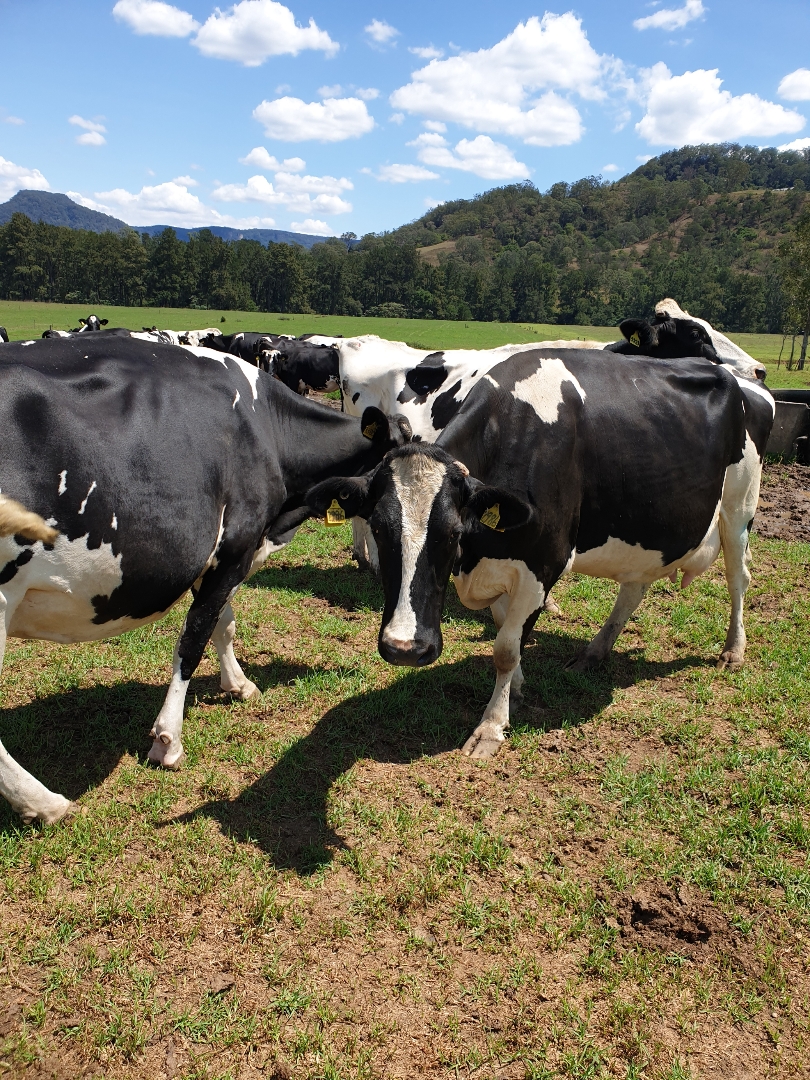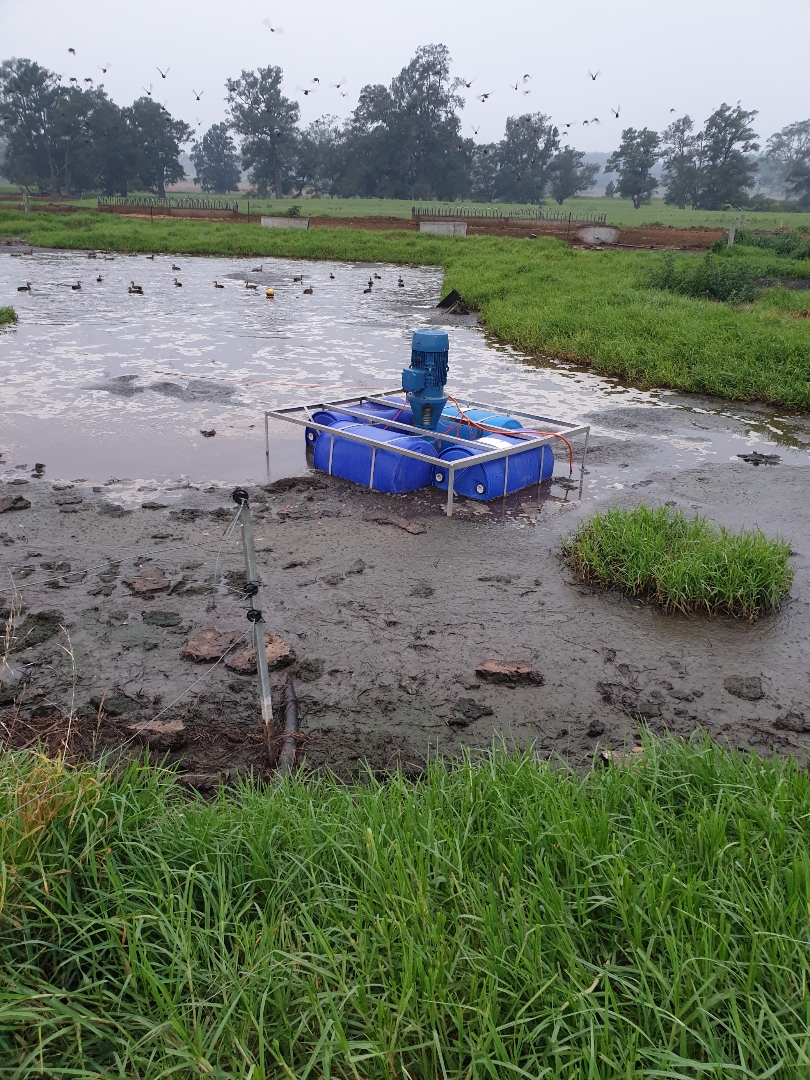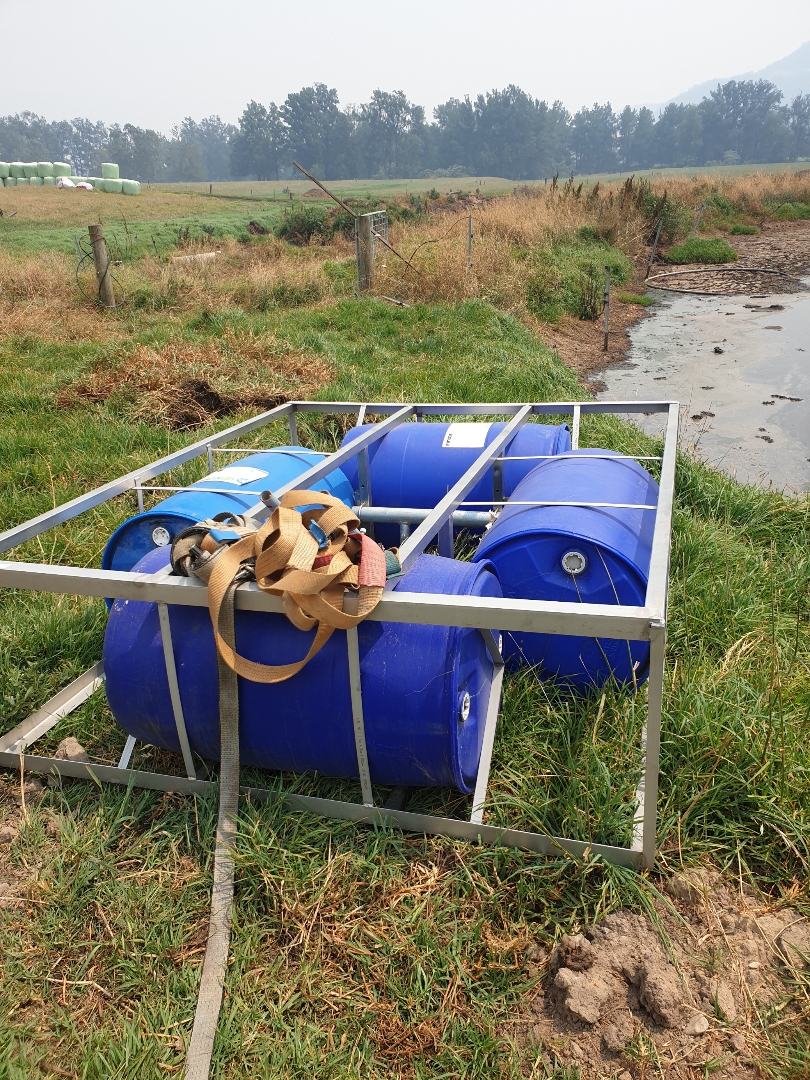Nutrient reuse
Case Study
2019 Lion Dairy Pride Landcare Grant
| Grant Recipient: | Gavin Chittick |
| Farm/Dairy Name: | GA and CA Chittick |
| State/Town: | Kangaroo Valley, New South Wales |
| Project Name: | Nutrient reuse |
| Grant Amount: | $10,000 |
Background
In Kangaroo Valley NSW, the Chittick family operate a 140 hectare dairy that produces over 2 million litres of milk each year.
At the lower end of the dairy, the effluent produced by the dairy’s 270 milking cows is managed by a pump and sump system with overflow captured by an effluent dam. The system was prone to breakdown due to the thick slurry and solid materials clogging the pump.
“I’d have to go for a swim in the effluent dam each month!” Gavin said when explaining how he fixed the breakdown of the pump.”
Understanding the system was problematic, so the Chittick family engaged a service provider to look at its efficiency and how they could improve it. The report was used as the basis for their next steps in creating a new more efficient system.
The Chittick family also wanted a system that would make better use of the effluent as a fertiliser and would provide environmental benefits for the farm and the local community.
Gavin Chittick decided to invest in a new effluent management system that would achieve these goals and so in 2019, applied for a Lion Dairy Pride Landcare Grant to assist in covering the associated costs. As a supplier to Lion, he was eligible to apply and his grant submission was successful.
Project Overview, Purpose and Goals
Gavin’s plan to improve his effluent management system required the conversion of the effluent dam into a settling pond to filter the solid waste so it wouldn’t clog the pump. With a $10,000 Lion Dairy Pride Landcare Grant, he achieved this by installing the pump at the far end of the dam where it would only draw up liquid waste.
On top of making better use of the effluent dam, the new pump would be stronger and able to extract more effluent to fertilise an additional 15 hectares.
Gavin said this was the first step of a bigger project to improve the way they manage effluent to minimise the risk of contaminating the waterways on the farm that are part of the Sydney catchment.
Gavin said there was also a financial benefit of using the effluent as a fertiliser to improve pastures.
“Ensuring our system is more robust, less prone to breakdown, and is able to move effluent to other parts of the farm will give us a source of fertiliser that will make us more productive and cut down on our fertiliser bill,” Gavin said.
By using the effluent over a larger area, the dairy would reduce its need for chemical fertiliser and would also prevent nutrient overload as the same quantity is spread further.
Project Outcomes
Gavin estimates once the new system is operating, he will achieve a 40 percent cut in his overall fertiliser bill.
The new pump was installed in September 2019 with the cut in fertiliser beginning in November, in time for the establishment of the summer crop.
“The effluent spread by the new pump has the potential to save on-going fertiliser costs,” Gavin said, and added the system “is working really well.”
Conclusion
With the work now completed, Gavin is expecting the system will continue to effectively manage the effluent coming off the dairy and will continue to fertilise pastures to ensure they remain productive into the future.
Gavin plans to test the soil that has been fertilised by the effluent every two years to monitor soil nutrients.
He also said it was a simple project, but had learnt to investigate suppliers as the pump installed required an upgrade of the electricity supply which was an additional expense.






